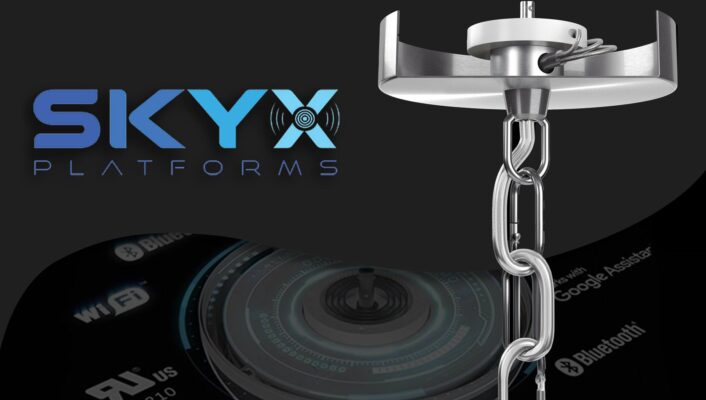This is by far one of the biggest questions we get is it better to manufacture in U.S.A or china?
As of today December of 2021, importing anything from china or other countries is getting more expensive and difficult due to a combination of supply shortages and shipping container shortages. Both countries have their pros and cons when it comes to manufacturing, so let’s break them down.
Chinese Manufacturing Pros
Lower Manufacturing Costs
So we’re pretty sure everybody knows to manufacture in China is cheaper, but why? Over the last couple of decades, China has become the hub for the world’s manufacturing. This is because they have 28% of the world’s factories and the labor costs of Chinese workers are substantially lower than in other countries. Also, the network of manufacturers and factories allows the fast production of almost any product.
More Variety
Because of the thousands of manufacturers in China, you are far more likely to find a manufacturer who is willing to make your product. Each factory has different skill sets and machinery so finding the perfect factory is easier in China. This also allows Chinese manufacturers to cater to smaller businesses compared to U.S manufacturing which is more oriented to bigger companies and bigger orders, but more on that in a bit.
Chinese Manufacturing Cons
More Susceptible to Intelectual Property Theft
It’s not surprising that manufacturing in China isn’t all good. Due to china’s different outlook on intellectual property, they tend to have little to no respect for patents. In the past Chinese manufacturers have been caught producing products that were 100% patented and protected here in the US. It is reported that China’s IP theft costs the U.S about $225 billion to $600 billion a year. So if you choose to manufacture with a Chinese company just know there isn’t a lot of control over whether that manufacture will sell the tech specs to other manufacturers.
Higher Tensions Means Higher Shipping and Rates
It’s no secret that tensions between the U.S and China have been escalating the last couple of years, so what does this mean for shipping? Exactly what you think it means… Higher shipping costs, due to an increase in costs of shipping containers and also tariffs placed on Chinese goods. As China increases its seclusion to the western world, it’s getting more difficult to get products through. All imports from china are subject to some value-added tax (VAT) of up to 25% in some cases.
USA Manufacturing Pros
Intellectual Property Is Safer
Because manufacturers in the USA are bound by Intellectual Property laws, products are far less likely to be stolen or “ripped off”. A US manufacturer would not risk their business with lawsuits and breaking the law by stealing or ripping off intellectual property.
Growing Our Domestic Economy
This is not a political reason it is a fact, By supporting U.S.A manufacturing, you are slowly helping the U.S become more independent when it comes to producing goods. Which in turn will lower the manufacturing in the U.S costs over time.
USA Manufacturing Cons
Oriented Towards Bigger Companies
Because labor costs are higher in the U.S.A, manufacturing costs are higher. So manufacturing is usually only affordable to bigger companies that have the capital to manufacture in the U.S. Also keep in mind profit margins are smaller with U.S manufacturing
More Specialized, Not Generalized
Not all US factories manufacture, assemble and package ready to deliver products. U.S manufacturers tend to specialize more, for example, if your product has a certain type of plastic and metal, A US manufacturer will usually only be able to do one or the other and they will not really source another manufacturer to assemble and package the materials. This sourcing and combining of different manufacturers for their specialties have to be done by a 3rd party.
So, in conclusion, both have their pros and cons, so it all depends on your specific needs and budget. It’s definitely more challenging to manufacture in the USA and you will need more sourcing time. Use this article above to decide which one fits your needs.




